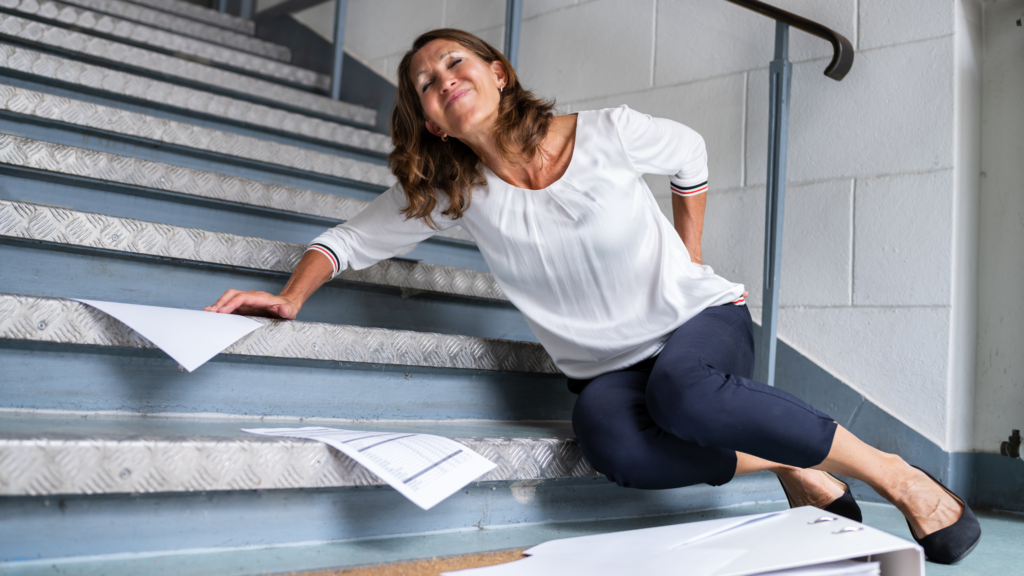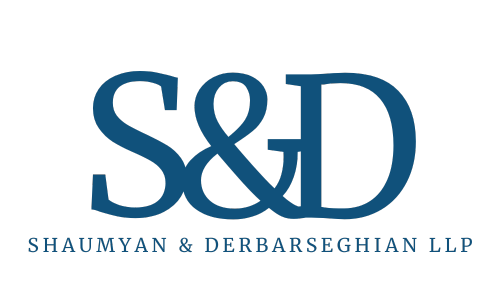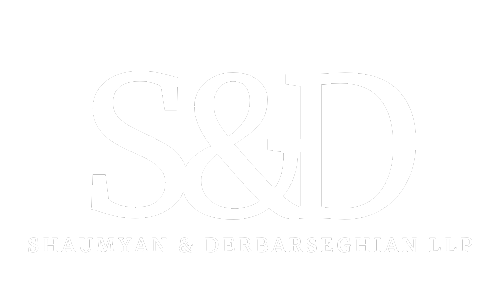
Slip and fall accidents are among the most common types of personal injury claims, but determining who is responsible can be complex. When an accident occurs on someone else’s property, the issue of premises liability comes into play. Property owners, whether they are individuals, businesses, or government entities, have a duty to ensure their premises are safe for visitors. However, not every slip and fall leads to liability. Understanding the complexities of these cases is crucial for accident victims seeking compensation.
At Shaumyan & Derbarseghian, LLP, we specialize in helping slip and fall victims navigate the legal process. In this blog, we’ll explore who may be responsible for your accident, how negligence is proven, and what steps you should take to protect your rights.
1. Understanding Premises Liability: The Duty of Care
Premises liability refers to a property owner’s responsibility for accidents that occur on their property. The duty of care a property owner owes depends on the status of the person who was injured. The law generally divides visitors into three categories:
- Invitees: People who are invited onto the property for business purposes, such as customers in a store. Property owners owe the highest duty of care to invitees and must take reasonable steps to ensure the premises are safe.
- Licensees: People who enter the property for non-business purposes, like social guests. Property owners must warn licensees of any known hazards that are not obvious.
- Trespassers: People who enter the property without permission. Property owners typically owe little or no duty of care to trespassers, except in some cases where the trespasser is a child or if the owner has created a dangerous situation intentionally.
2. Common Causes of Slip and Fall Accidents
Slip and fall accidents can happen anywhere, but certain conditions frequently lead to these incidents. Common causes include:
- Wet or slippery floors (due to spills, rain, or cleaning)
- Uneven surfaces or cracked sidewalks
- Loose or torn carpets
- Poor lighting that obscures hazards
- Debris or obstacles left in walkways
- Missing or broken handrails on staircases
If the property owner knew or should have known about a dangerous condition and failed to take corrective action, they may be held liable for injuries that occur as a result.
3. Proving Negligence in Slip and Fall Cases
To successfully recover compensation in a slip and fall case, the injured party must prove that the property owner was negligent. Negligence occurs when the owner fails to take reasonable steps to prevent harm. There are several key elements involved in proving negligence:
1. Duty of Care
You must first show that the property owner owed you a duty of care. For example, if you were shopping in a store, the business has a legal duty to ensure its premises are safe for customers.
2. Breach of Duty
Next, you must demonstrate that the property owner breached their duty of care by allowing a hazardous condition to exist. This could include failing to clean up a spill, not repairing a broken stair, or neglecting to install proper lighting.
3. Causation
It’s not enough to simply prove that a hazard existed; you must also show that the hazard directly caused your injury. This means demonstrating that your fall occurred because of the dangerous condition, not due to other factors like your own inattention.
4. Damages
Finally, you must provide evidence of the damages you’ve suffered as a result of the slip and fall. This can include medical bills, lost wages, pain and suffering, and any other losses related to your injury.
4. Comparative Negligence: What If You Were Partly at Fault?
In some slip and fall cases, the property owner’s defense may argue that the injured party was partially responsible for the accident. This is where comparative negligence comes into play. Comparative negligence reduces the amount of compensation you can receive based on your level of fault.
For example, if you were texting on your phone when you slipped on a wet floor, the court might determine that you were 20% responsible for the accident. In this case, your compensation would be reduced by 20%.
In California, which follows a pure comparative negligence rule, you can still recover compensation even if you were mostly at fault, but your damages will be reduced proportionally to your level of responsibility.
5. What You Should Do After a Slip and Fall Accident
If you’ve been injured in a slip and fall accident, taking the right steps immediately afterward can greatly improve your chances of a successful claim. Here’s what you should do:
1. Seek Medical Attention
Your health should always be your first priority. Even if you don’t feel seriously injured, it’s important to see a doctor after your fall. Some injuries, such as head trauma or internal injuries, may not show symptoms right away. A prompt medical evaluation will also provide essential documentation for your claim.
2. Report the Accident
Notify the property owner, manager, or landlord of your slip and fall. Ask for a written incident report, and if possible, get a copy for your records.
3. Document the Scene
Take photos of the hazardous condition that caused your fall, such as the wet floor, broken tile, or poor lighting. Also, capture the surrounding area, any warning signs (or lack thereof), and your injuries.
4. Gather Witness Information
If there were any witnesses to your fall, ask for their contact information. Their testimony could be crucial in proving your case.
5. Avoid Making Statements
Be careful about what you say immediately after the accident. Do not apologize or admit fault, as these statements can be used against you later.
6. Contact an Attorney
Slip and fall cases can be complicated, especially when it comes to proving negligence. An experienced personal injury attorney can help you navigate the legal process, gather evidence, and negotiate with insurance companies on your behalf.
Conclusion: Protect Your Rights After a Slip and Fall Accident
Slip and fall accidents can result in serious injuries, from broken bones to head trauma, and navigating the legal complexities of premises liability can be overwhelming. Knowing who is responsible and understanding how to prove negligence are crucial to recovering the compensation you deserve.
At Shaumyan & Derbarseghian, LLP, we have extensive experience handling slip and fall cases and can help you protect your rights. If you’ve been injured in a slip and fall accident, contact our team for a free consultation. We’ll review your case, help you gather the necessary evidence, and fight to secure the compensation you’re entitled to.
Contact us today to get the legal support you need after a slip and fall accident.
Helpful Links
National Safety Council (NSC) – Slip and Fall Prevention
This resource offers tips and statistics on preventing slip and fall accidents.
Visit NSC’s prevention page here.
Centers for Disease Control and Prevention (CDC) – Falls and Fall Injuries
The CDC provides information on the impact of falls, including prevention strategies and statistics.
Visit CDC’s falls page here.
California Department of Public Health – Slip and Fall Injuries
This state resource provides information specific to California regarding slip and fall accidents and prevention.
Preventing Worker Injuries Guide.

